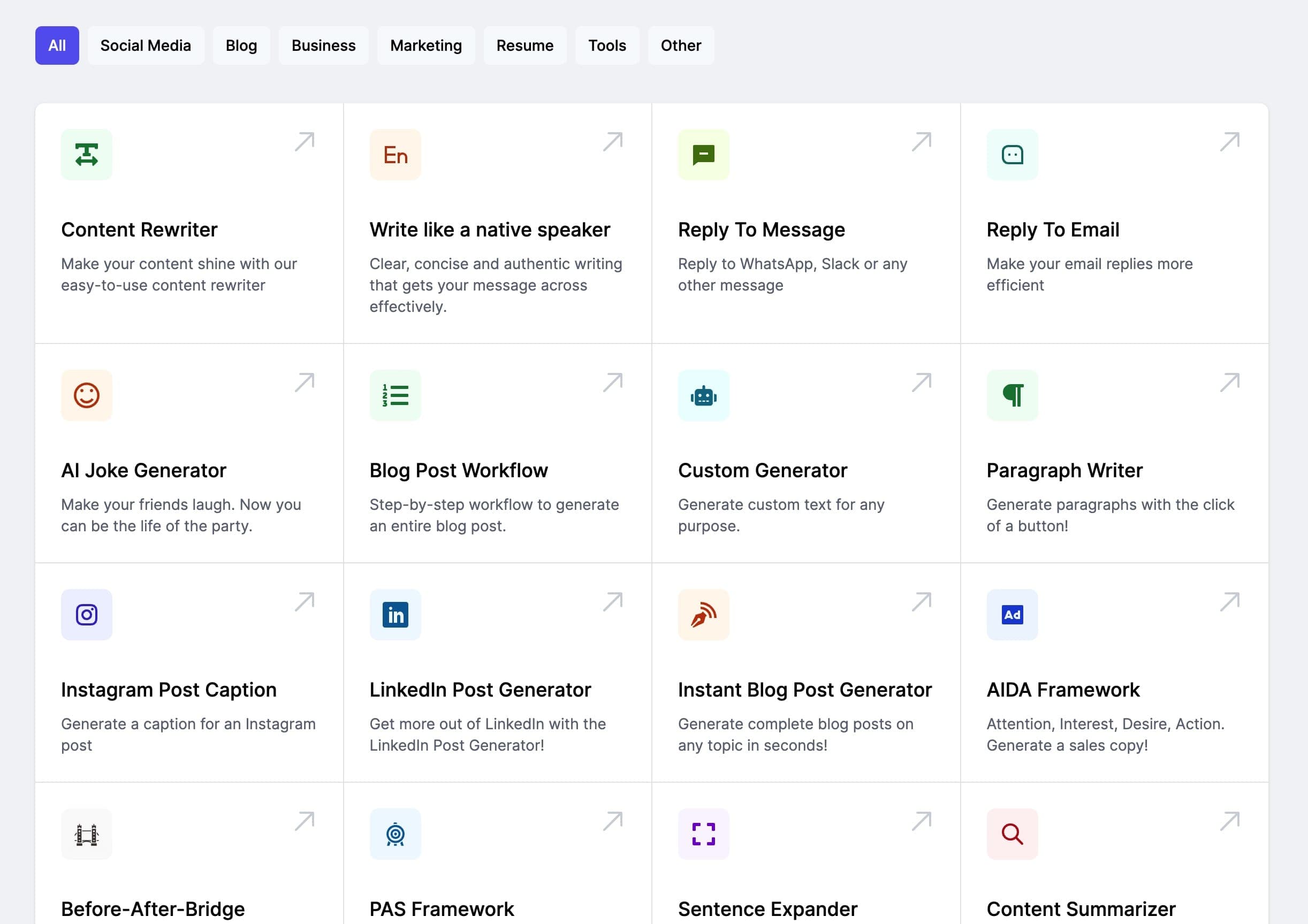service design
Service Design Ideas
Idea 1: Collaborative Community Service Hub
Brief Description
Create an online platform that connects local service providers and community members to facilitate collaborative projects, volunteer opportunities, and service exchanges. This hub allows residents to post service requests (like tutoring or lawn care) and offers a marketplace for skills and resources.
Key Benefits
Community Engagement: Strengthens local bonds by encouraging residents to support one another.
Resource Sharing: Reduces costs by allowing barter or skill exchanges instead of monetary transactions.
Skill Development: Provides opportunities for individuals to learn from others in their community.
Potential Challenges
User Adoption: Convincing community members to participate and trust the platform may take time.
Quality Control: Ensuring that services provided meet community standards and expectations.
Implementation Suggestions
Start with a pilot program in a small neighborhood to test the platform.
Promote the hub through local events, schools, and community centers.
Offer incentives for initial users, such as discounts or recognition for contributors.
Target Audience Resonance
This idea resonates with community-oriented individuals looking to connect and collaborate. The focus on local engagement and resource-sharing appeals to those seeking sustainable and affordable solutions to everyday needs.
Idea 2: Personalized Experience Mapping
Brief Description
Develop a service design tool that helps businesses create personalized journey maps for their customers. This tool can integrate data analytics, customer feedback, and emotional journey tracking to visualize the entire customer experience.
Key Benefits
Enhanced Customer Understanding: Provides deep insights into customer needs and pain points.
Tailored Services: Allows businesses to tweak offerings based on customer emotions and preferences.
Increased Satisfaction: By addressing specific concerns, businesses can enhance overall customer satisfaction and loyalty.
Potential Challenges
Data Privacy: Collecting and analyzing customer data raises privacy concerns that must be managed carefully.
Complex Implementation: Integrating various data sources and analytics tools might require significant technical expertise.
Implementation Suggestions
Collaborate with data analytics firms to develop the mapping tool.
Launch workshops to train businesses on interpreting and using the maps effectively.
Gather case studies to illustrate the positive impact of personalized mapping on customer experience.
Target Audience Resonance
Businesses that prioritize customer experience would find this tool valuable, as it directly aligns with their goal of understanding and serving their customers better.
Idea 3: On-Demand Service Pop-ups
Brief Description
Design a series of pop-up service stations that offer essential services (like bike repair, tech support, or wellness checks) in high-traffic areas. These stations can be mobile and frequented at local events or festivals.
Key Benefits
Accessibility: Makes services more accessible to people who may not have the time or resources to visit traditional service providers.
Community Engagement: Engages residents in unique ways and promotes local service businesses.
Flexibility: Allows for quick adaptation to meet community needs based on location and time.
Potential Challenges
Logistical Management: Coordinating schedules and supplies for mobile services might be complex.
Market Saturation: Competing with established providers who might react to this service model.
Implementation Suggestions
Start with a few pilot locations during community events.
Partner with local businesses to offer services and share resources.
Use social media to raise awareness and gather feedback for improvement.
Target Audience Resonance
People looking for convenience and immediate solutions in their busy lives will appreciate the accessibility of on-demand services, especially in urban settings where time is limited.
Idea 4: Service Experience Workshops
Brief Description
Organize workshops for businesses to focus on experiential service design, where employees can learn and practice design thinking techniques to improve service delivery.
Key Benefits
Empowered Staff: Employees gain skills that foster innovation and better service interactions.
Team Cohesion: Workshops encourage teamwork and collaboration, improving internal communication.
Customer-Centric Mindset: Leads to a stronger focus on customer experience across the organization.
Potential Challenges
Resource Allocation: Businesses may struggle to find time and budget for regular training sessions.
Resistance to Change: Some employees may be hesitant to adopt new approaches or thinking styles.
Implementation Suggestions
Create a series of short, interactive workshops, possibly in partnership with local educational institutions.
Offer a mix of virtual and in-person options to accommodate different learning preferences.
Follow up with ongoing support and resources to reinforce workshop learnings.
Target Audience Resonance
This idea appeals to businesses striving for a competitive edge through exceptional service, underscoring the importance of employee engagement and continuous learning.
Idea 5: AI-Driven Feedback Loops
Brief Description
Implement an AI-driven system that collects and analyzes customer feedback in real-time. This system can automatically categorize comments, predict service trends, and generate insights for service improvement.
Key Benefits
Timeliness: Provides immediate insights into customer satisfaction and emerging issues.
Data-Driven Decisions: Empowers businesses to make informed adjustments to services based on real feedback.
Enhanced Customer Relationships: Demonstrates to customers that their feedback is valued and acted upon.
Potential Challenges
Technology Dependence: Relying heavily on AI may alienate customers who prefer human interaction.
Data Overload: Businesses may struggle to manage and make sense of the volume of data generated.
Implementation Suggestions
Partner with tech companies specializing in AI to develop and implement the system.
Start with a beta version focusing on a specific service sector to refine the AI model.
Train staff on interpreting and using the feedback for actionable change.
Target Audience Resonance
Businesses eager to leverage technology for customer relationship management will find this AI-driven approach appealing as it aligns with the modern expectations of responsiveness and personalization in service delivery.
